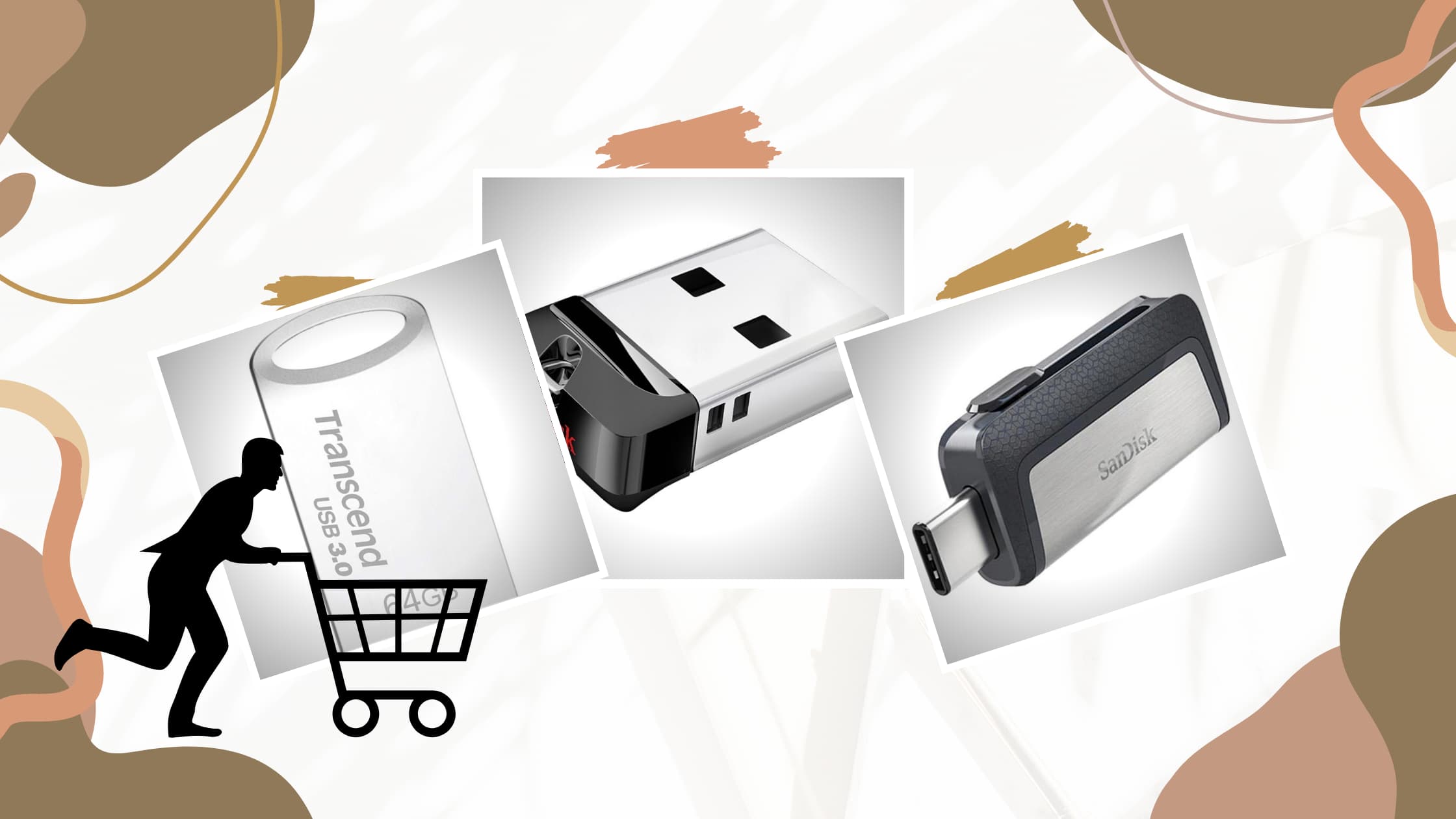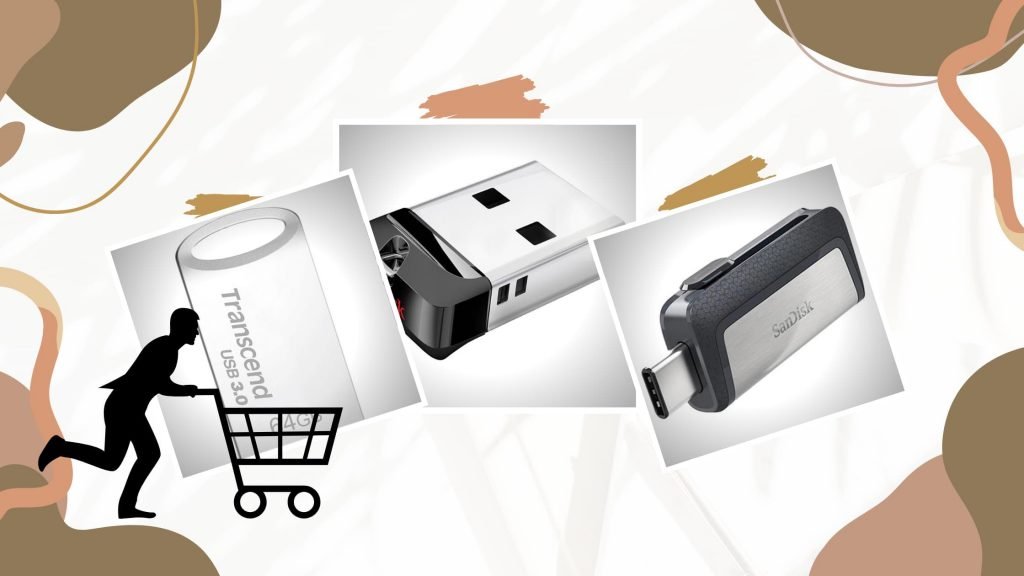
USB sticks provide a great portable storage solution for work, school, and even personal use. Their small physical size with large storage capacity means all your important files are always with you.
In this post, we cover some important things to consider before you buy a USB stick. We also look at different aspects of this handy storage gadget and provide answers to some of the commonly pondered questions.
What is the difference between a USB flash drive and a memory stick?
A USB stick or a flash drive is an extremely portable, removable, and rewritable storage device for digital data. These storage devices are also known as USB memory sticks, pen drives or thumb drives, and are available in a range of memory capacities.
Memory sticks, on the other hand, are proprietary formats developed in 1998 by Sony. These cards are popularly used in handheld or other portable devices such as digital cameras and gaming consoles such as PlayStations.
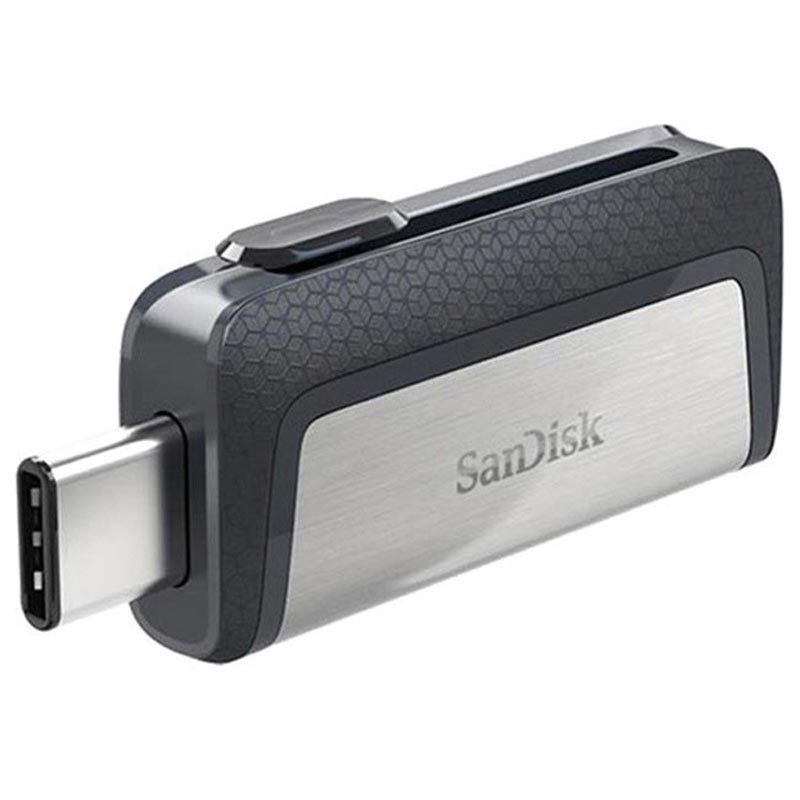
Compatibility
While both are solid-state storage memories, USB flash drives are compatible with most computers and laptops and devices featuring USB ports. Memory sticks are device-specific and, in most cases, will require a compatible card reader to be used with a laptop or personal computer.
Durability
In terms of durability, pen drives are designed to be carried around. Hence, they tend to have a sturdier outer structure that protects them from any kind of damage. The USB portion which connects to a device, however, is the most easily damaged part. Manufacturers design the USB stick with protective covers or a retractable design to keep the connector safe.
Memory sticks are designed to be used within a device. These are therefore smaller and not as well protected for carrying around in pockets.
Availability
Pen drives continue to be a popular choice for portable storage that is safe and reliable. These devices are available in abundance and are expected to continue to be in demand.
Memory sticks, however, are not as popular as they used to be since the move to Secure Digital memory cards. SD cards and their variants have become a popular choice for many handheld devices. You can learn more about memory cards with our blog, Buying Guide to Memory Cards: Which Memory Card Should I Buy?
Good to Know!
The term ‘memory stick’ can also be used for flash memory chips, which include RAM or computer memory modules, USB jump drives (flash drives), and CompactFlash.
How Does a USB Memory Stick Work?
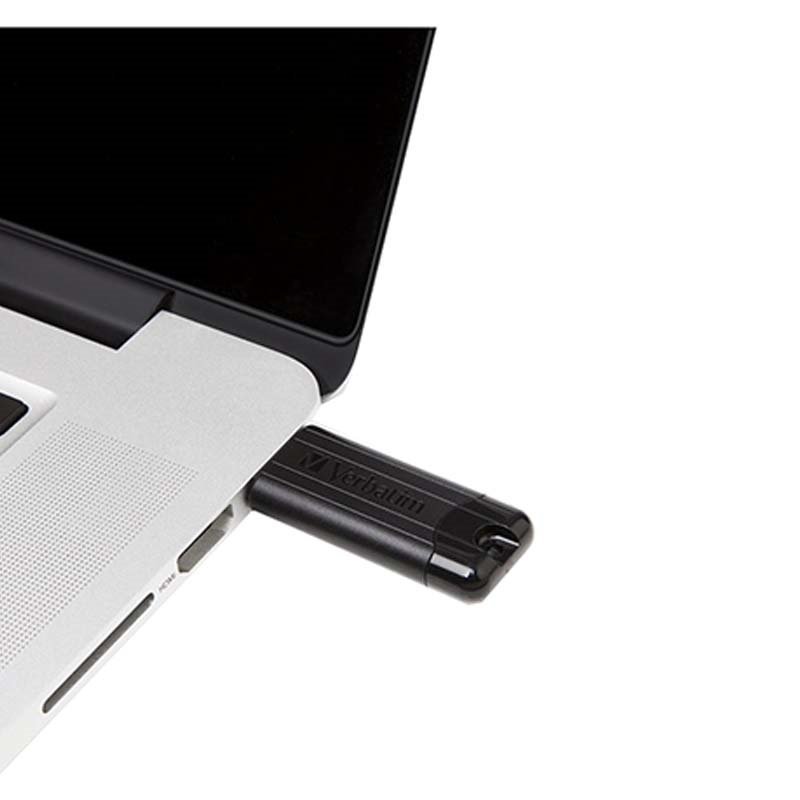
When talking about memory, you will hear the terms volatile and non-volatile memories. The USB flash drive falls in the non-volatile category, meaning it can retain stored files without relying on a power source.
It only needs a power source when you need to save, transfer, or write any data onto it. These communications are performed by transmitting a memory command to the connected device via an electronic signal.
USB 3.0 vs. USB 2.0: Which is the Fastest USB Flash Drive?
Transfer speeds are crucial characteristics in this fast-moving world. USB specifications help you determine what read and write speeds you will be getting with your pen drive.
The USB 3.x is the latest and widely available standard, which is backwards compatible with all USB ports. The USB 3.0 standard offers about 625Mbps transfer rate making it an ideal choice for large data transfers. You can experience higher read-and-write speeds of 1250MBps and 2500MBps with USB 3.1 and 3.2 flash drives, respectively.
The USB 2.0 is slower than the USB 3.0 standard with a transfer speed of 480Mbps. In comparison to the nine connectors of the latter, USB 2.0 has four connectors which accounts for the lower speed and bandwidth.
Older generations of USB technologies, USB 1.0 and 1.1, are the slowest and not common these days. Both USB 3.0 and USB 2.0 standards are backwards compatible. However, to achieve the expected transfer speeds, a USB 3.0 drive should be plugged into a USB port that supports generation 3.0.
USB C flash drives are the next iteration. These feature USB C ports delivering the fastest transfer speeds. They are also compatible with Thunderbolt 3, and USB versions down to 2.0. Currently, USB 4.0 flash drives are not widely available.
Here is a quick overview of the two standards.
| Characteristics | USB 2.0 | USB 3.0 |
| Release Year | 2000 | 2008 |
| Backward Compatibility | Yes | Yes |
| Transfer Speeds | 60Mbps | 625Mbps |
| Number of Connectors | 4 | 9 |
| Power Usage | 500mA | 900mA |
| Block Colour | Black | Blue |
What are the Different USB Chip Formats?
Chip formats can make a whole lot of difference when it comes to the performance and reliability of your USB flash drives. There are three common formats that both generations of USB are available in: SLC (Single Level Cell), MLC (Multi-Level Cell), and TLC (Triple Level Cell).
These formats vary in their design architecture. Without going too much in detail, you can expect higher accuracy with TLC, MLC, and SLC in that order. However, in terms of performance, you can expect higher speeds with SLC with about 100,000 write cycles.
MLC offers 10,000, while TLC offers 3,000 write cycles and at relatively lower costs and higher capacities than the SLC chip format.
What Storage Capacity USB Drive is Best to Buy?
Have you ever wondered “How many hours of video can a 32GB flash drive hold?” Storage capacities of USB drives are another important decision-making factor.
Digital data is stored in bytes of information. What sizes do USB sticks come in? Since bytes equate to a small measure, you will find storage capacities mentioned in either of the following units.
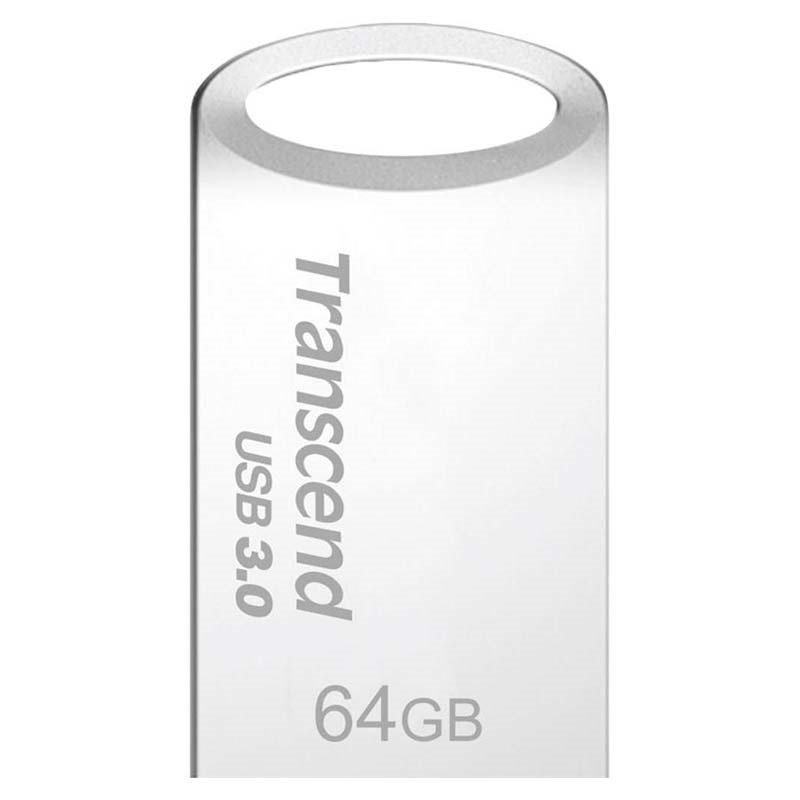
Megabyte (MB)
One million bytes of information is equivalent to one megabyte. To put that into perspective, a high-resolution JPEG image can have a size of anywhere between 0.5MB to 5MB. Thumb drives can be found in sizes of 64, 128, 256, and 512MB.
Gigabyte (GB)
Gigabyte is the most common size for USB drives and is also a practical choice. One thousand megabytes is equivalent to one gigabyte. In comparison to the highest storage capacity MB flash drive, a 1GB pen drive can hold about 277 high-definition images and 2 to 4 minutes of high-resolution video.
Terabyte (TB)
One thousand gigabytes are equivalent to 1 terabyte. This storage capacity is usually limited to hard drives and memory cards for professional use and is also the most expensive option. However, you can find some brands offering 1TB and even 2TB sized thumb drives.
In the following table, we highlight an estimated amount of the number of PDFs (1MB), photos (2MB), MP3s (4MB), and videos (500MB) that can be held within different capacity USB sticks.
| Capacity/File type | 512MB | 1GB | 2GB | 4GB | 8GB |
| 1,200 | 2,400 | 4,800 | 9,600 | 19,200 | |
| MP3 | 100 | 200 | 400 | 800 | 1,600 |
| JPG | 75 | 150 | 300 | 600 | 1,200 |
| Video | 35 | 70 | 140 | 280 | 560 |
USB Types Based on Usage
Of the many ways USB pen drives can be categorised, usage is one way. The following are some ways to group USB sticks based on what they are commonly used for.
Boot Flash Drive
A boot flash drive is a USB memory stick enabled to install an operating system. These are a great alternative to CD-based installation and helpful for laptops with only USB ports. The process of turning an external storage device like a USB drive to serve as an OS installer is called “making a bootable drive”.
Security Flash Drive
If you want to store sensitive information on a USB stick, then consider pen drives with physical or logical security. Security flash drives keep confidential data safe and protected via either physical locking mechanisms like a combination lock or with a software approach with passwords and encryption.
Music Flash Drive
These types of flash drives are typically fancy looking and have miniature sizes for enhanced portability. These primarily serve to store and transfer music files from one device to another.
How Do I Choose a Good USB?
Cloud storage is an increasingly popular choice for those with internet accessibility. But when you need to have your data plugged and ready, there is nothing faster than a flash drive USB stick.
From getting your presentations up on the projector to installing operating systems, USB drives serve many purposes. The following are some points to keep in mind when looking for the best USB stick.
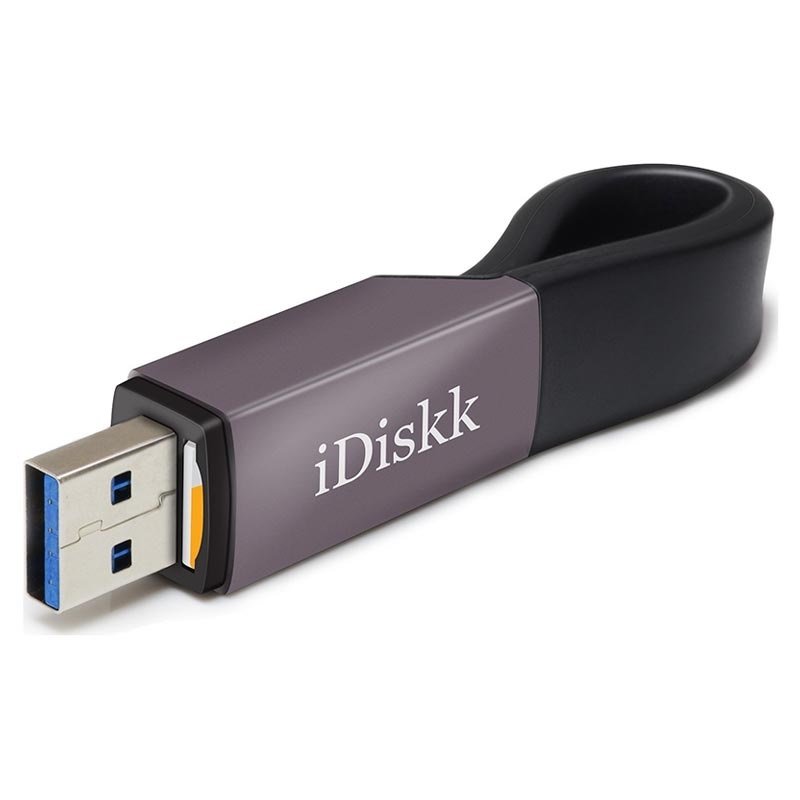
Memory Quality
While a cheap USB stick might do the job, it may not necessarily last you a long time. Poor quality memory stick USB can have slower read-write speeds and in the worst-case scenario, it may also cause data corruption and cease to function.
One easy way to ensure your USBs are equipped with high-quality flash memory is to make sure they come from a reputable manufacturer such as Samsung, SanDisk, Intel, or Micron.
Storage Capacities
Your storage needs might vary depending on your use. You can always opt for 128GB USB capacity, but if you plan on just using it to store a couple of files then the added cost is unnecessary. For everyday use, and even for promotional use or gifting, 2GB is a sufficient capacity.
Connector Choices
Since a lot of personal computers and laptops are moving towards USB C ports, it is worth considering a USB C memory stick connector. Traditional USB A connectors are still widely applicable. Choosing a dual-headed USB featuring both connectors can be a worthwhile investment.
Transfer Speeds
Regardless of the chip format, USB 3.x generation offers the best speed and reliability. We recommend opting for these if you are looking for the fastest USB flash drive in 2022. They are especially ideal when you are going for any data above 8GB in size, or loading larger or multiple files. USB 2.0 is great for smaller capacity files and data.
Hardware Compatibility
If you want to be able to use the maximum speed offered by your USB stick, the hardware of your device should support it. While both generations of USBs are backwards compatible, they will work at the speed of the port they are plugged into.
Protective Features
If you plan on having sensitive data on portable storage, opt for encrypted USB sticks or those that feature some software-based security features. These USB flash drives will usually offer you the opportunity to read and write permissions.
USB Styles
For promotional events or gifting, you might want to look for some cool USB sticks. USBs come in a variety of shapes like wristbands, figurine heads, cards and more. Branded USB sticks can be a great choice for promotional gifts and goodie bags.
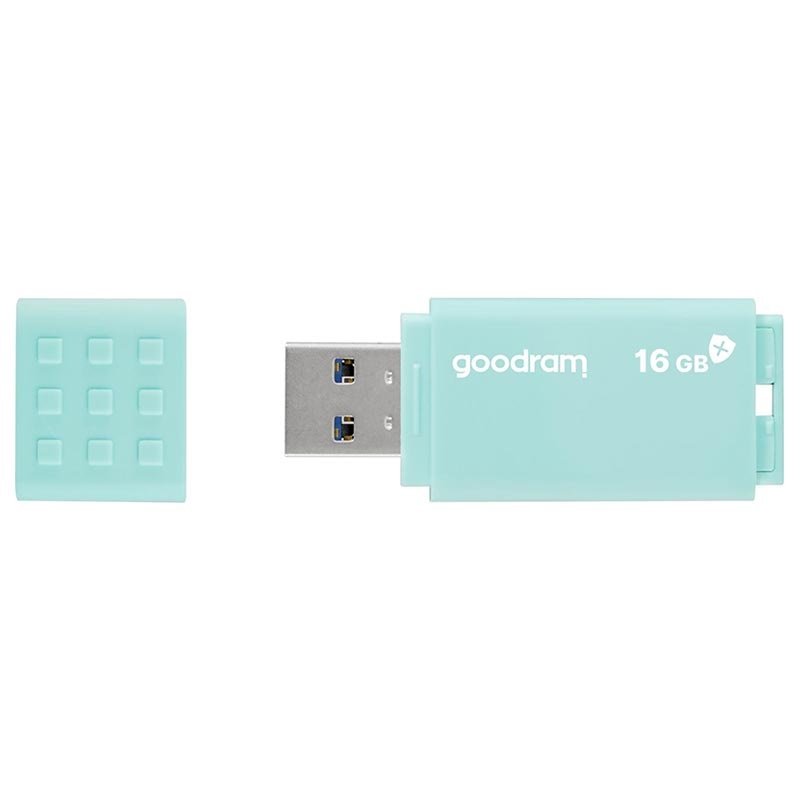
Frequently Asked Questions About USB Flash Drives
In this section, we answer some of the most searched questions about these portable storage devices.
What’s the biggest USB stick available?
Currently, 1TB USB drives are the largest capacity you can easily find on the market. Some popular choices include the SanDisk Ultra Dual Drive Luxe, PNY Pro Elite, Corsair Flash Voyager GTX, Patriot Supersonic Rage Elite, and Arcanite USB 3.1 Flash Drive.
How long will data stay valid on a USB drive?
USB drives are not permanent storage solutions. These gadgets are suitable for temporary storage and offer greater portability. Under ideal conditions, data should last for about 10 years. However, with time the cells storing the information dissipate charge which can affect the stored data.
To extend the life of data on a USB drive, we recommend you back up the data and then format the USB stick before copying it back onto it.
What are the disadvantages of using USB memory sticks?
While there are many advantages to USB flash drives, the following are some disadvantages you may have to deal with.
- Their small size makes them easy to lose or be misplaced.
- Since you may use them with devices that are not your own, there is a risk of viruses, malware, or other such malicious programs hiding on them.
- Rewrite limitation, while not a problem for the average user, can be an issue for those that need to constantly write and delete data.
What size USB stick is needed for TV recording?
For recording HD videos from smart TVs, we recommend at least 128GB USB sticks. However, how many hours of content you can store on a USB will depend on the resolution and the file type your device stores files in.
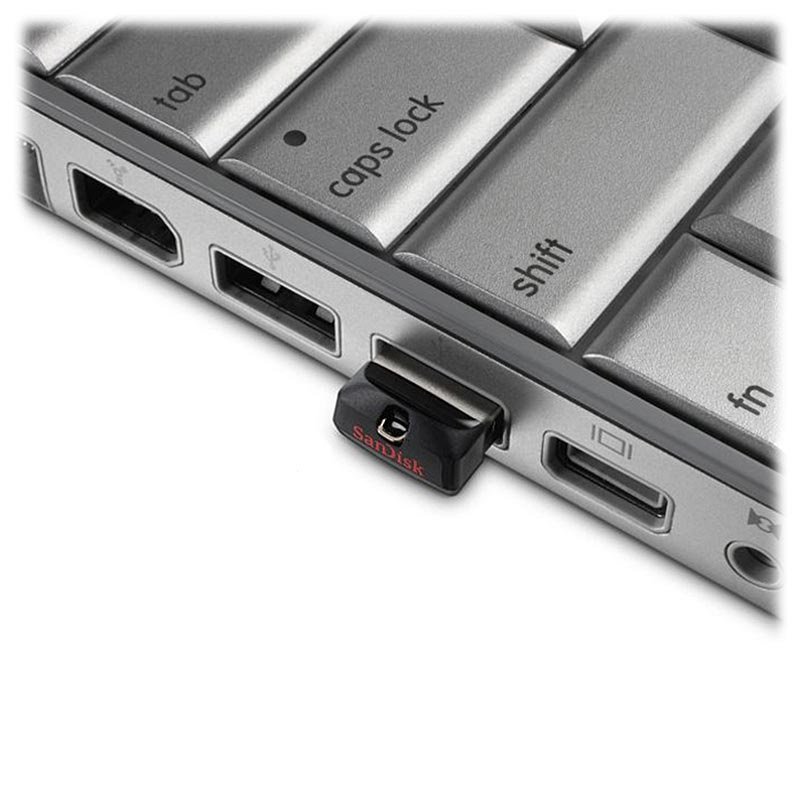
What are some good alternatives to USB memory sticks?
Depending on your use and how much data you need to store, the choices can vary. If you have consistent internet connectivity, then nothing beats cloud storage. This allows you to access your data from anywhere and at any time with a device connected to the cloud.
For physical storage, memory cards and external harddrives are a great solution. However, their compatibility may be limited and they may require additional accessories.
The Best Portable Solutions
USB pen drives are a must-have gadget for when you need your data on the move. We hope our blog has helped you figure out how to make the right choice when buying a thumb drive.
Whether you are looking for the top-rated 256GB USB drive or USB card readers, head over to our range of useful memory storage products and more! Get in touch with us to learn some great tips and tricks for memory problems and to find accessories that simplify your life.

